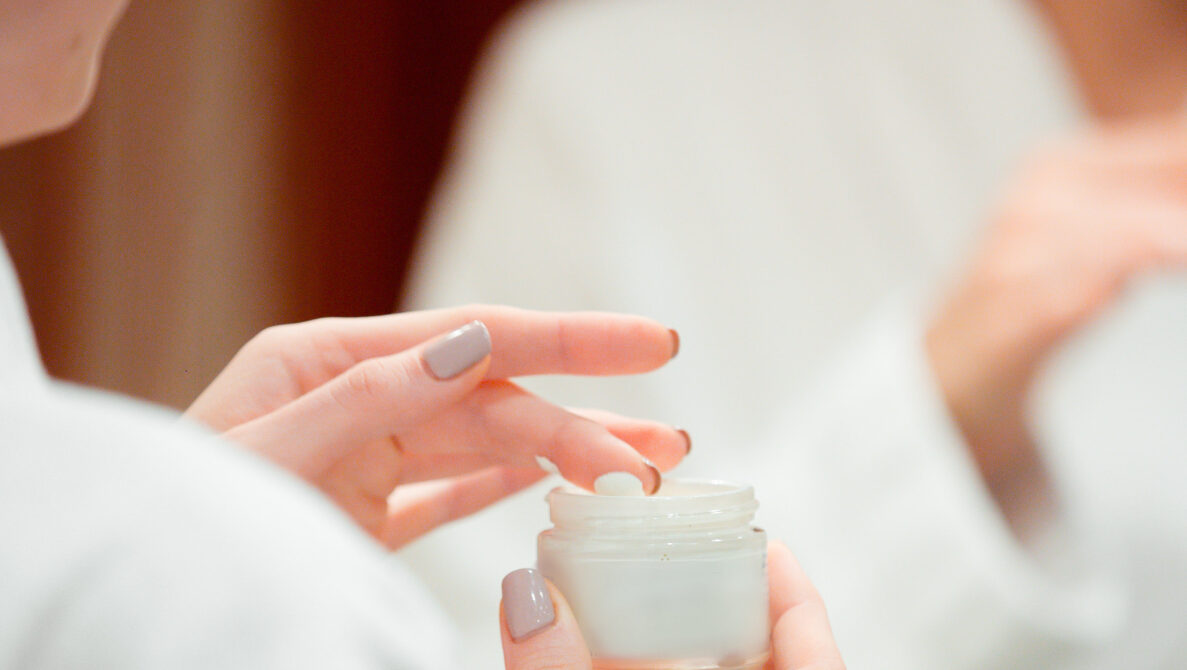
How to Create a Simple Moisturizing Day Cream
Moisturizing day creams are a cornerstone of any skincare routine, providing essential hydration and protection throughout the day. A well-formulated day cream offers lightweight moisture without feeling greasy, making it ideal for daily use under makeup or sunscreen. In this article, we will guide you through the process of formulating a simple moisturizing day cream, including key ingredients, step-by-step instructions, and optional customizations such as fragrance, color, and natural extracts.
Essential Ingredients for Your Moisturizing Day Cream
A great day cream requires a balance of ingredients that hydrate, soften, and protect the skin. Here’s a breakdown of essential components:
- Humectants
- Humectants attract moisture to the skin, keeping it hydrated throughout the day:
- Glycerin: A versatile, affordable humectant.
- Hyaluronic Acid: Known for holding 1,000 times its weight in water, offering powerful hydration.
- Emollients
- Emollients fill in the gaps between skin cells, leaving the skin feeling smooth:
- Squalane: A lightweight, non-greasy oil that mimics the skin’s natural sebum.
- Jojoba Oil: Non-comedogenic and skin-soothing, perfect for sensitive skin.
- Occlusives
- Occlusives create a barrier to lock in moisture without feeling too heavy for daytime wear:
- Dimethicone: A lightweight silicone that forms a breathable barrier.
- Caprylic/Capric Triglyceride: Derived from coconut oil, providing light occlusive benefits.
- Active Ingredients
- Boost your cream with targeted actives:
- Niacinamide (Vitamin B3): Calms inflammation and strengthens the skin barrier.
- Vitamin E: A powerful antioxidant that protects against environmental damage.
- SPF Option
- Consider adding zinc oxide or titanium dioxide to provide SPF protection, a vital feature in any day cream.
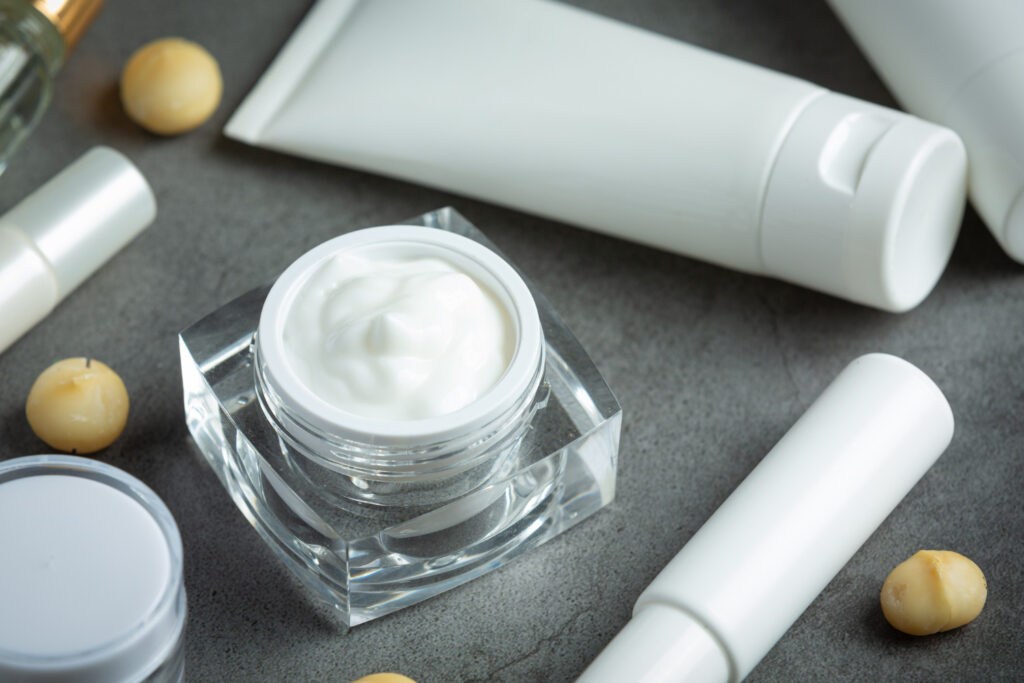
Step-by-Step Formulation Process
Formulating a moisturizing day cream involves combining water-based and oil-based ingredients into a stable emulsion. Here’s how to do it:
Phase 1: Water Phase
- Water: 65% of the formula to hydrate and dissolve water-soluble ingredients.
- Glycerin: 3% for added moisture.
Heat this phase to 70°C for optimal blending.
Phase 2: Oil Phase
- Squalane: 7% for lightweight moisture.
- Jojoba Oil: 5% for skin conditioning.
- Emulsifying Wax (e.g., Olivem 1000): 5% to combine water and oil phases.
Heat the oil phase to 70°C.
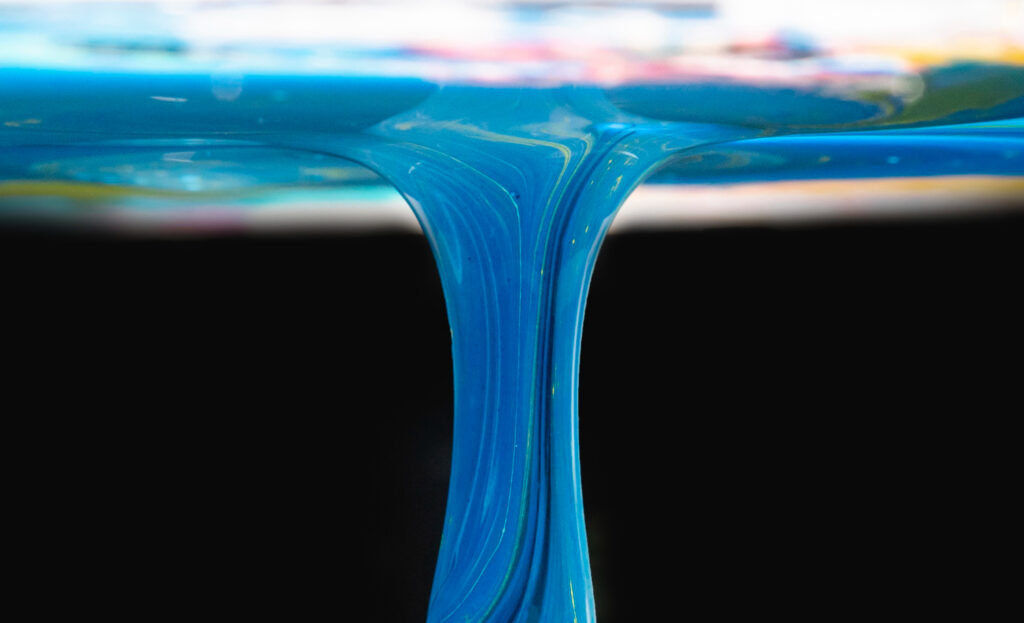
Phase 3: Combining Phases
Slowly mix the heated oil phase into the water phase while stirring continuously. This creates the emulsion, forming a smooth, stable cream. Continue stirring until the mixture cools to around 40°C.
Phase 4: Adding Actives
Once the mixture cools, add your heat-sensitive ingredients:
- Niacinamide: 2-5% for anti-inflammatory and brightening benefits.
- Vitamin E: 0.5% for antioxidant protection.
Phase 5: Preservatives
To prevent microbial growth in your water-based formula, add:
Phenoxyethanol or Ethylhexylglycerin: 1% for preservation.
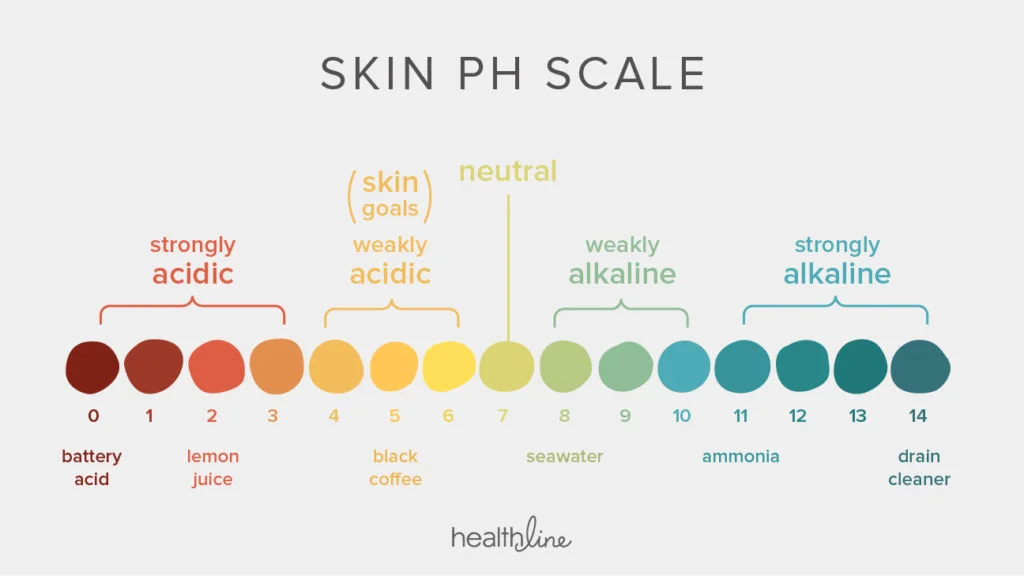
Phase 6: pH Adjustment
Check and adjust the pH to around 5.5 to match the skin’s natural pH, ensuring the formula is gentle on the skin.
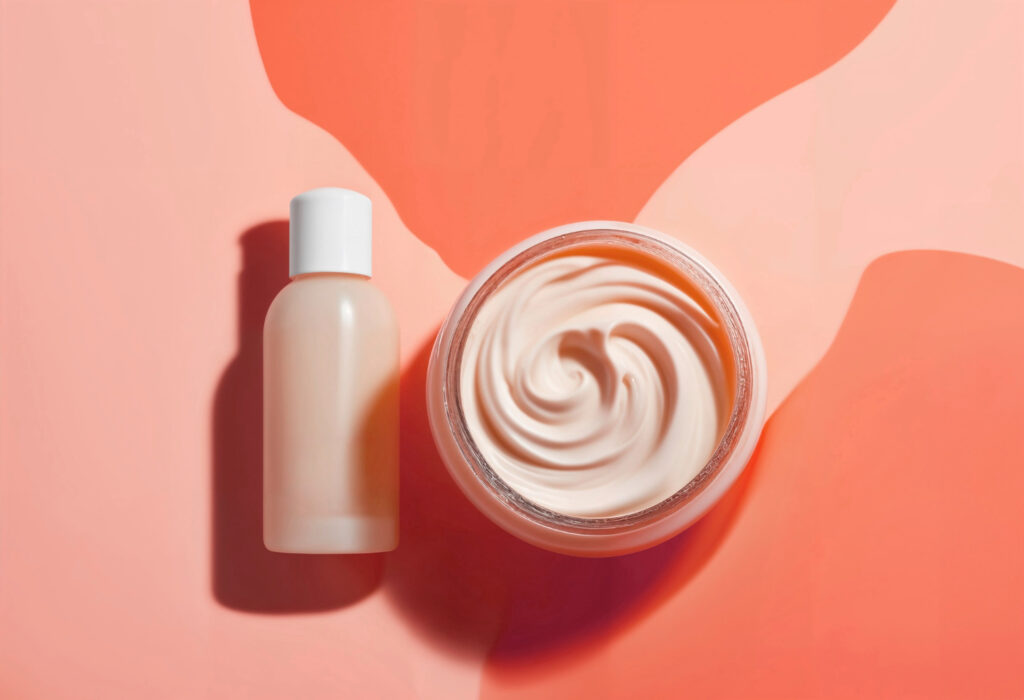
Personalizing Your Day Cream Formula
Here’s a basic formula to create your own moisturizing day cream:
Water Phase:
- Distilled Water: 65%
- Glycerin: 3%
Oil Phase:
- Squalane: 7%
- Jojoba Oil: 5%
- Emulsifying Wax (Olivem 1000): 5%
Cool Down Phase:
- Niacinamide: 3%
- Vitamin E: 0.5%
- Phenoxyethanol: 1%
Importance of pH and Stability in Formulation
To make your moisturizing day cream unique, consider these customizations based on consumer preferences:
Fragrance
Adding fragrance can enhance the sensory experience of your cream, but it’s important to use skin-safe options, especially for sensitive skin:
- Essential Oils: Natural options like lavender or rose essential oil (use sparingly, at 0.5-1%) can add a pleasant aroma without harsh synthetic fragrances.
- Fragrance-Free Option: Since some consumers prefer fragrance-free skincare to avoid irritation, always provide an option without any added scent.
Color
For aesthetic appeal, you can add natural or skin-safe synthetic colors:
- Mica Powders: Natural mineral-based pigments like pink mica can give your cream a slight tint (use around 0.1-0.3%).
- Plant-Based Colorants: Ingredients like beetroot extract can add a subtle pink hue while also offering antioxidant benefits.
Natural Extracts & Oils
Boost your formulation with botanical extracts or oils to target specific skin concerns:
- Aloe Vera Extract: Known for its soothing and hydrating properties, aloe vera can be added at 1-2%.
- Chamomile Extract: A calming extract that reduces inflammation, perfect for sensitive skin.
- Rosehip Oil: Rich in essential fatty acids and vitamins A and C, rosehip oil can be added to enhance the skin’s elasticity and promote regeneration (use at 1-2%).
- Green Tea Extract: Packed with antioxidants, green tea extract (0.5-1%) offers protection from environmental stressors.
Ensuring Safety and Efficacy of Your Day Cream
Maintaining the correct pH (around 5.5) ensures that your cream is compatible with the skin, preventing irritation while preserving ingredient efficacy. Stability testing is also essential, ensuring the formula doesn’t separate or degrade over time, particularly when adding additional actives, fragrances, or extracts.
Consumer Appeal
This moisturizing day cream works for a variety of skin types:
- Dry to Normal Skin: The inclusion of squalane and jojoba oil ensures deep hydration.
- Combination Skin: The lightweight texture makes it suitable for oilier areas without clogging pores.
You can further customize this base formula to suit different preferences by adjusting the oil phase or adding actives for specific skin concerns, such as anti-aging or brightening.
Testing and Safety
Before offering any skincare product to consumers or using it yourself, always perform patch testing to ensure there are no allergic reactions. Using cosmetic-grade ingredients and proper preservation methods is essential to ensure product safety and effectiveness.
Creating your own moisturizing day cream allows you to tailor the formula to your skin’s unique needs, whether it’s adding calming extracts or customizing the texture with different oils. By following these formulation steps, you’ll produce a lightweight, hydrating day cream that delivers both moisture and protection throughout the day. Whether you’re a formulation chemist or a DIY enthusiast, this guide provides a solid foundation to create your perfect skincare product.

© beautilab 2024. All Rights reserved.